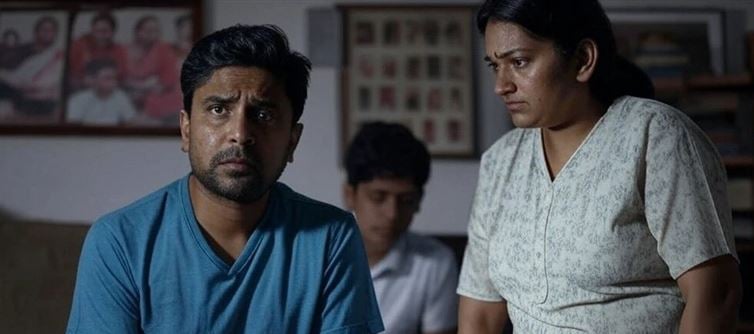
They're skipping savings. Visits to the doctor are being postponed. Mental math is required for each zomato order. Although it appears to be progress, it is actually silent financial decay.
Ashish Singhal, the CEO of Bengaluru, is calling this out directly. "The biggest fraud that nobody discusses? In reference to one of the most overlooked economic realities of the last ten years, he said on LinkedIn, "Middle-class salaries."
It's difficult to overlook his data-supported dissatisfaction. Indians who make between ₹5 lakh and ₹1 crore a year, which is considered middle-income, have seen their incomes grow at a mere 0.4% CAGR over the past ten years. On the other hand, inflation has been gradually eroding purchasing power, and food costs have increased by almost 80%.
"This isn't a collapse," declares Singhal. "It's a well-dressed decline." Although households continue to consume, credit is being used to finance this expenditure more so than income. Real salary growth is static, while credit card debt and EMIs are rising.
Additionally, this is not a little portion. In 2021, 31% of indians belonged to the middle class, which is expected to rise to 38% by 2031 and 60% by 2047, according to recent studies. Long-time middle-class earners, however, are not seeing much change in their actual financial security in spite of this development.
The middle class is expected to withstand shocks while the wealthiest increase their riches through investments and the destitute are helped by welfare programs. There are only growing fuel prices, medical expenses, and school fees—no subsidies or bailouts. Chronic financial stress concealed beneath aspirational lifestyles is the outcome.
Singhal contends that the middle class is the backbone of the indian economy and not merely a source of votes or tax revenue. That engine, however, is faltering. "The impoverished are receiving assistance. The wealthy are growing. He observes that the middle class is just supposed to take the shock in stride.




 click and follow Indiaherald WhatsApp channel
click and follow Indiaherald WhatsApp channel